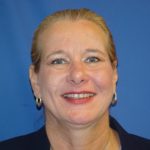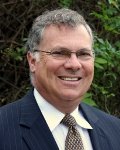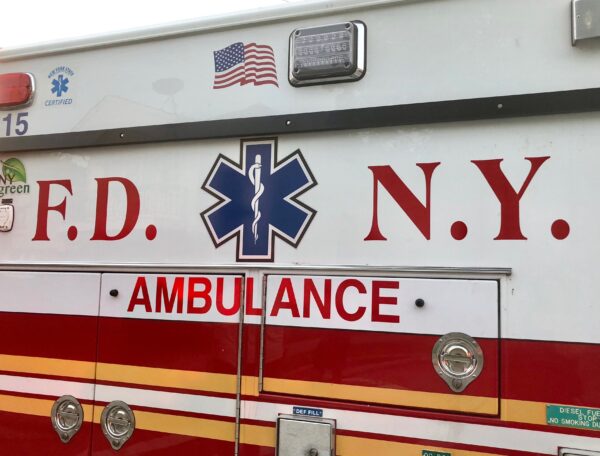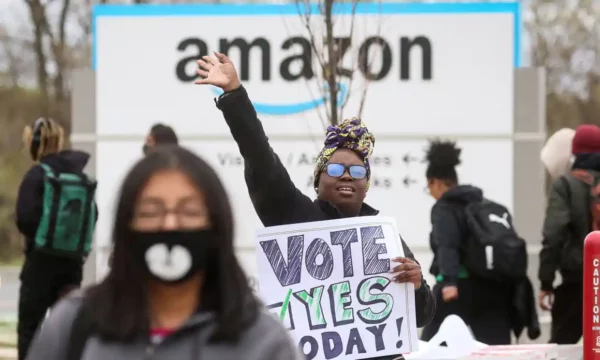
In addition to in-depth presentations and panel discussions on political and regulatory issues that have an impact on multi-employer and public sector plans, Made in America 2020: The Taft-Hartley Benefits Summit will offer attendees an opportunity to participate in three 20-minute moderated roundtables on hot button topics. Here’s a look at three of the topics that will be addressed during the “beer and benefits roundtables” at the event, January 19-21, 2020 at the Bellagio Hotel and Casino in Las Vegas.
How to enable an effective merger of health plans

With no relief on the pressure to contain costs, roundtable facilitator Robin Donovick, CEBS, GBA, (pictured right) believes the industry will continue to see interest in merging funds.
Donovick, executive director of the BAC International Health Fund and director of human resources, Staff Health Plan, International Union of Bricklayers and Allied Craftworkers, expects roundtable participants will want to discuss the challenges involved in these mergers.
One of the biggest challenges: The willingness of the Board of Trustees to give up control of the assets of the merged funds, Donovick said.

“I think that a good merger proposal focusing on the Trustees’ role as fiduciaries is the linchpin to the board’s willingness to give up control,” she said.
Donovick also explained that the advantages related to merging health funds include reducing administrative costs due to economies of scale and delivering top quality benefits to the members and their families, not otherwise available as a smaller fund.
Indeed, Michele Domash, FSA, MAAA, of Cheiron, who serves as Donovick’s actuary and helps with mergers, sees more of a willingness of the Joint Board of Trustees to entertain a strategic partnership merger once they realize that the larger collective fund presence creates opportunities otherwise not available in the insurance market (due to volume) and seeing the economies and stability in rates that will also ensue.
Domash also notes that managing a small health fund is time-consuming and risky for all involved on the contractor and union side of the Board of Trustees. Therefore, many local unions support the merger because they appreciate the time back to focus on organizing and growing membership.
“The risks for small funds now are much greater as the incidence of higher-cost ‘shock’ claims of $1 million is more common; larger funds can weather those, but a smaller fund needs to seriously consider refuge in a strategic partnership merger,” Domash said.
Why and how to invest in real estate
Facilitator Richard E. Dahab, CFA, chairman and CEO of Dahab Associates, a full-service investment consulting firm, is still preparing talking points for the roundtable, but expects a lively discussion among participants about trends in real estate investments, including commercial investments and the effect of the gig economy on real estate.
Dahab envisions that the roundtable discussion will focus on investments, liquidity, closed-end funds versus open-end funds, and what the opportunities will look like in the future due to the demographic changes of millennials who don’t want to buy houses as often as baby boomers did.
Although no investment is perfectly safe, Dahab said he considers residential to be the safest investment. For example, he said, apartment houses tend to be a good investment because the buildings are usually fully occupied. “They are relatively stable in terms of occupancy and rents tend to go up in a methodical inflation-adjusted kind of way. They have very nice characteristics. That doesn’t mean you can’t have a bad apartment house, but in general, they are good.”
There are riskier investments that involve development, such as hotels or buying a Class B office building and fixing it up, according to Dahab.
Another risk consideration is liquidity: you can’t always get out of an investment when you want to get out, Dahab explained.
“Just like if you want to sell your house. You put it on the market, and it could sell tomorrow, or it may sit there for six months. The same thing is true with real estate, even in an open-end fund, which has cash flows, because let’s say they want to sell a $100 million building; not everyone can buy a $100 million building tomorrow so you can have cash crunches,” he said. “And often when one person wants to get out, everyone wants to get out. Often at the wrong time.”
Legal considerations for medical and recreational marijuana
Joel Barton, business manager, IBEW Local 11, Los Angeles, said there are many potential areas that the roundtable participants can explore. In addition to potential investment opportunities, there are conflicting federal and state laws, drug testing concerns, as well as maintaining a safe work environment, and protecting employee’s rights.
Although medical and recreational marijuana is legal in California and other states, it remains illegal under federal law. Indeed, federal law considers marijuana to be a Schedule 1 drug, the same category as heroin and it is illegal to use, possess, grow, and sell marijuana. Possession of even small amounts of the drug can lead to serious penalties, and if there is a conflict between federal and state law, federal law will prevail.
Barton said his union follows the federal guidelines, but he is interested in learning what others are doing: What is in their drug testing policies and procedures? Do they conduct random drug testing and what do they do if someone tests positive for marijuana use? Do they outline the penalties for failing a drug test? For example, do they send workers to see a doctor, but allow them to return to work after they see a counselor? Do they put them into an accelerated drug program? Do they ban them from working for a specific amount of time?
“I want to reach out to see how everybody is dealing with it,” he said. “It’s so different now. First, it was medical marijuana but now some states also allow recreational use, so it’s wide open. We have to deal with it somehow.”
Editor’s note: The Beer and Benefits roundtables will take place at 4:30 p.m. Monday, January 20, the first full day of the Made in America 2020: The 17th annual Taft-Hartley Benefits Summit. Other scheduled roundtable topics include best practices and procedures for sending workers overseas for medical procedures; ways to find, manage, and monitor addiction treatment facilities; and fiduciary liability in health care. For the full conference agenda and registration information, click here.



